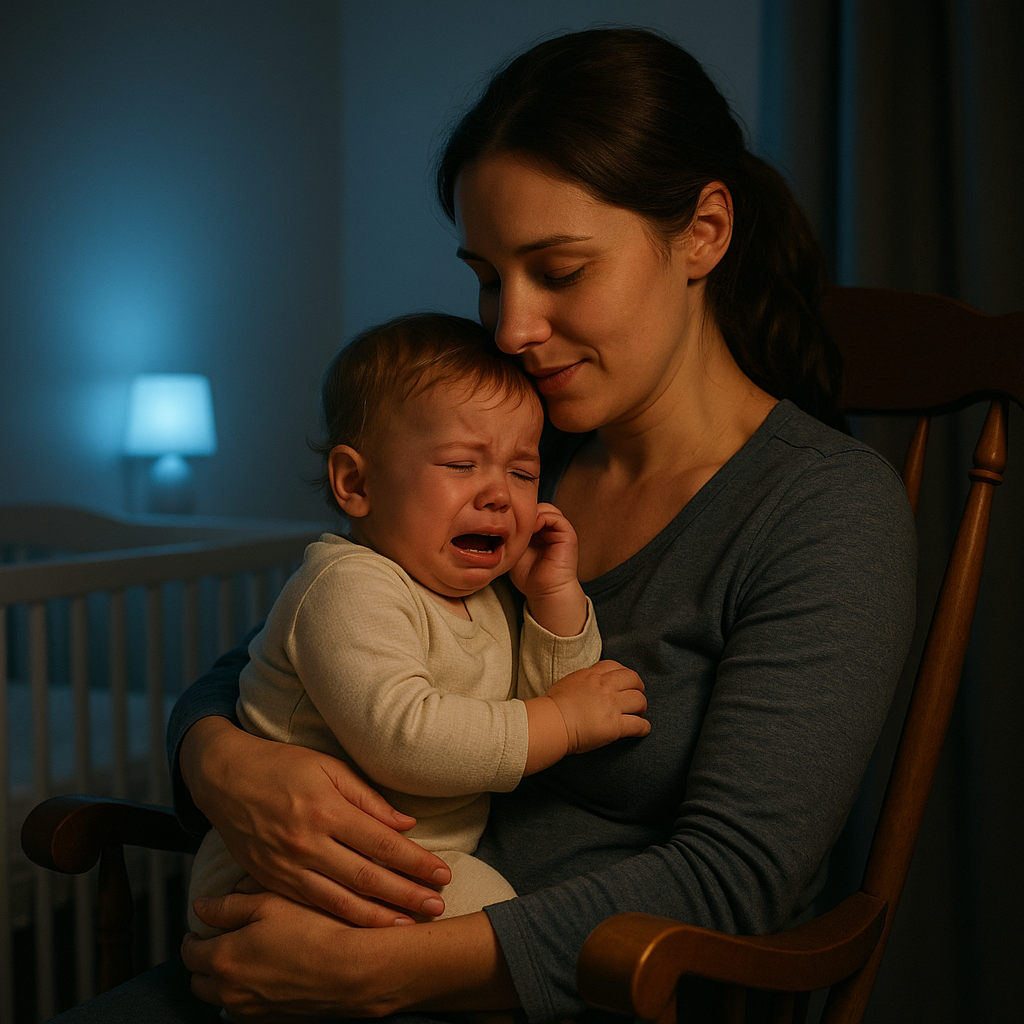
Top 10 Flashcard Combos for Holistic Toddler Learning
Did you know that up to 80% of a toddler’s brain develops in the first five years? As a parent, you’re likely eager to give

If you’ve ever joked that your baby sticks to you like Velcro—you’re not alone. Some little ones just want to be held, carried, snuggled, and kept close at all times. But is it normal? Is there a deeper reason for this behavior?
Let’s understand what is a Velcro baby, why your little one might be extra clingy right now, and how to respond with patience, empathy, and the right tools to support their development.

A Velcro baby is a term lovingly used to describe a baby or infant who always wants to be close to their caregiver—usually Mom or Dad. These babies may cry when put down, fuss in the stroller, or resist being with others, even familiar people.
Unlike babies who are content to play alone or nap independently, a Velcro baby thrives on constant physical closeness. It’s not a flaw—it’s a form of communication.
Yes! Many babies go through phases of clinginess as part of their emotional and neurological growth. For some, this stage lasts a bit longer—or feels more intense. It’s your baby’s way of saying: “I need you to feel safe.”
Sudden clinginess often catches parents off guard, but there’s usually a reason behind the shift. Ask yourself:
Clinginess is often your baby’s response to change. It’s how they seek comfort while navigating uncertainty. Sometimes clinginess can be an early sign of deeper anxiety. Learn how to spot and gently respond to signs of emotional stress in young children.
Clinginess often peaks around major developmental milestones, especially during these phases:
It’s completely normal for babies to go through these cycles—and it doesn’t mean you’re spoiling them.

While the term Velcro child is often used humorously, some children do have longer-lasting needs for attachment.
If your baby consistently:
…they may be more temperamentally sensitive or simply in a longer clingy phase. That’s okay! Some babies just need extra reassurance.
Watch for improvements as your child’s communication and independence skills develop. If you’re ever concerned, your pediatrician can help rule out underlying issues.
If your baby clings to only one parent, you’re likely navigating the emotional highs and lows of being the “preferred” one. Learn how to handle this with balance and empathy.
Yes, it’s exhausting when your baby won’t let you out of their sight. But you can nurture their emotional needs and still get a break. Here’s how:

Even the clingiest little explorers need quiet time! While you’re taking a break, let your baby enjoy fun, comforting content created just for them.
Gentle visuals and playful learning keep toddlers engaged while supporting their curiosity and development.
Your baby isn’t being “too clingy”—they’re being securely attached.
This clingy behavior, though tiring, is a sign of a healthy bond. When babies know they can count on you, they build the confidence to be independent later. Trust forms the foundation for future resilience, not weakness.
The best thing you can do? Keep showing up with love—and take moments to care for yourself, too.
A Velcro baby is a baby who craves constant closeness and often resists being put down or separated from their caregiver.
Clinginess can spike due to developmental milestones, illness, teething, or changes in routine. It’s a temporary need for extra security.
It usually peaks between 9 and 18 months but can begin as early as 6 months.
Yes—holding your baby when they need comfort supports healthy emotional development. It won’t spoil them.
Yes. As they grow, communicate better, and explore more confidently, clingy behaviors typically lessen.